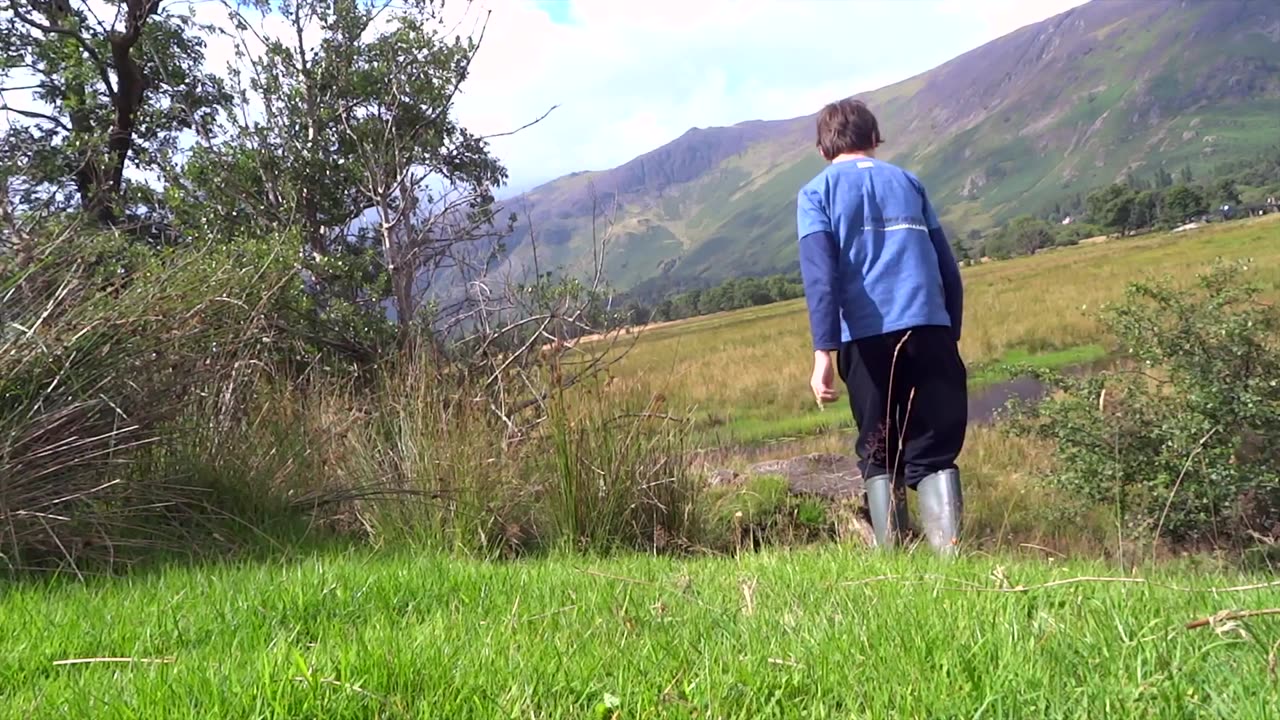Premium Only Content

Exploring British Fauna and Flora
Wildlife in the UK: A Diverse Tapestry of Natural Wonders
The United Kingdom, despite its relatively small size and bustling urban areas, is home to a rich and diverse array of wildlife. From rugged coastlines and rolling hills to ancient forests and wetlands, the UK's landscapes provide habitat for an astonishing variety of species. Here's a description of the wildlife that thrives in the UK:
Mammals:
Red Fox: These adaptable and cunning creatures are among the most common wild mammals in the UK. They can be found in both urban and rural areas, often scavenging for food under the cover of darkness.
Badger: Badgers, with their distinctive black and white facial markings, are iconic residents of the British countryside. They live in underground setts and are known for their nocturnal habits.
Hedgehog: The humble hedgehog is a beloved and declining species in the UK. Recognized for its spiny exterior, it's often found in gardens, where it plays a vital role in pest control.
Red Squirrel: The red squirrel, with its tufted ears and russet fur, is a native species that has faced competition from the introduced gray squirrel. Conservation efforts are ongoing to protect and restore their populations.
Birds:
Robin: The European robin, with its vibrant red breast, is a cherished symbol of winter and Christmas in the UK. These friendly birds are a common sight in gardens and woodlands.
Puffin: On remote coastal cliffs, particularly in Scotland, the colorful puffin gathers in large colonies during the breeding season. Their clown-like appearance and vibrant bills make them a favorite among birdwatchers.
Barn Owl: Silent hunters of the night, barn owls are known for their ghostly appearance and heart-shaped facial discs. They can often be seen gliding over fields in search of rodents.
Peregrine Falcon: With incredible speed and agility, peregrine falcons are among the fastest birds in the world. They nest on cliffs and tall buildings and are known for their spectacular aerial hunting displays.
Amphibians and Reptiles:
Common Frog: These amphibians are frequently found in gardens and ponds, especially during the breeding season when they gather in large numbers to lay eggs.
Adder: The UK's only venomous snake, the adder, is shy and rarely encountered. They inhabit heathlands and woodlands, where they feed on small mammals and reptiles.
Marine Life:
Seals: Both gray seals and common seals inhabit the UK's coastlines. They can often be spotted basking on rocks or swimming near the shore.
Basking Shark: The world's second-largest fish, the basking shark, can be seen off the coasts of Scotland and Northern Ireland during the summer months as they filter-feed on plankton.
Conservation Efforts:
The UK is dedicated to the conservation of its unique wildlife. Numerous protected areas, such as national parks, nature reserves, and Sites of Special Scientific Interest (SSSIs), provide essential habitats for many species. Conservation initiatives also focus on rewilding, habitat restoration, and efforts to combat climate change to ensure the continued existence of the UK's precious wildlife.
In conclusion, the UK's diverse wildlife showcases the resilience and adaptability of species in the face of human development. Through conservation efforts and a commitment to preserving natural habitats, the UK continues to provide a home for a wide range of animals, enriching the nation's natural heritage.
-
 LIVE
LIVE
SpartakusLIVE
2 hours agoThe BADDEST Duo in WZ Exhibits PEAK Physique || Duos w/ Sophiesnazz to start, quads later
829 watching -
 LIVE
LIVE
Nerdrotic
2 hours ago $0.07 earnedMysteries of 3I/ATLAS | Forbidden Frontier #113
525 watching -
 11:52
11:52
Exploring With Nug
2 hours ago $0.03 earnedWhat’s Hiding Under This Dallas Lake We Found a Vehicle!
7.07K3 -
 2:59:09
2:59:09
Barry Cunningham
8 hours agoBREAKING NEWS: PRESIDENT TRUMP SET TO TAKEOVER CHICAGO AND BOSTON!
26.1K25 -

LumpyPotatoX2
3 hours agoSunday Funday on HellDivers - #RumbleGaming
9.56K -
 3:11:52
3:11:52
Esports Awards
5 hours agoEsports Awards: Decade Awards 2025
47.8K4 -
 1:02:58
1:02:58
Sarah Westall
3 hours agoMILITARY WHISTLEBLOWER: How Social Media Military Level Psyops are Manipulating You w/ Patrick Bergy
15.3K6 -
 30:41
30:41
Stephen Gardner
3 hours ago🔥WHITE HOUSE GETS UNEXPECTED BIG WIN!
18.4K17 -
 9:39
9:39
MattMorseTV
5 hours ago $0.55 earnedVance just DROPPED a BOMBSHELL.
15.3K53 -
 2:40:14
2:40:14
DooM49
5 hours agoThe Grind for Battlefield 6 Skins - A-10 Unlocked
3.04K1